When we gaze skyward during migration seasons, the V-formations of geese cutting through the clouds represent one of nature’s most remarkable feats of endurance and physiological adaptation. These aerial marathons, often conducted at breathtaking heights, have fascinated ornithologists, aviators, and nature enthusiasts for generations. Geese possess extraordinary adaptations that allow them to fly at altitudes that would incapacitate humans without specialized equipment. From the bar-headed goose’s Himalayan crossings to the remarkable navigational abilities that guide these birds across continents, the altitude achievements of geese exemplify the remarkable evolutionary solutions to the challenges of long-distance migration. This comprehensive guide explores the record-breaking heights reached by different goose species, the physiological adaptations enabling these achievements, and the scientific discoveries that continue to enhance our understanding of these high-flying aviators.
The Bar-Headed Goose: Nature’s Ultimate High-Altitude Flier
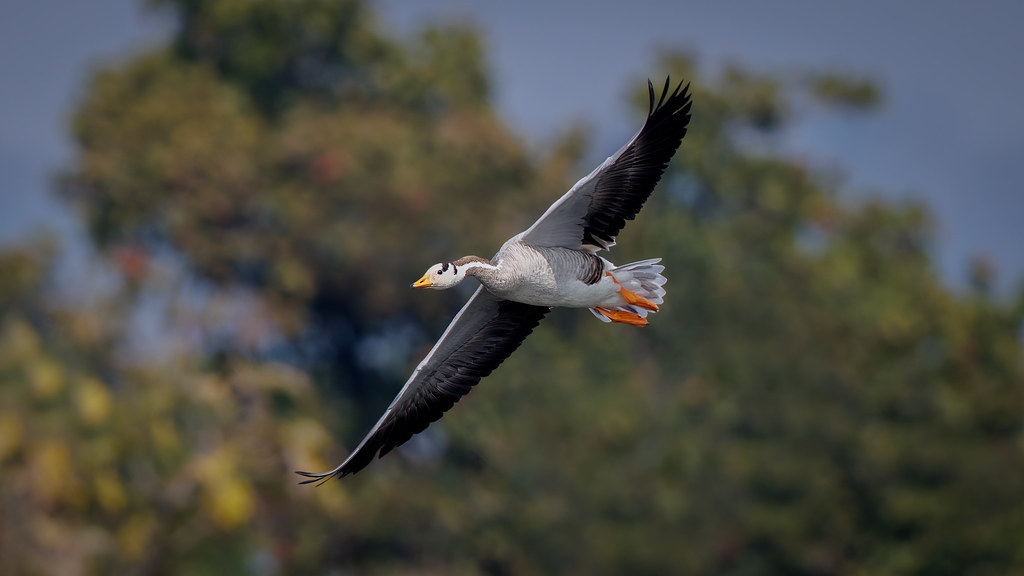
The bar-headed goose (Anser indicus) holds the undisputed title for the highest-flying bird in the world, with documented flight paths carrying them directly over Mount Everest at elevations exceeding 29,000 feet (8,800 meters). These remarkable birds breed in Central Asia and migrate across the Himalayan mountain range to reach wintering grounds in the Indian subcontinent, a journey that forces them to navigate some of Earth’s most forbidding terrain. Unlike commercial aircraft that fly in pressurized cabins, these geese breathe the extremely thin air where oxygen levels reach just one-third of what’s available at sea level. Researchers using GPS tracking have verified these astonishing altitudes, with one 2011 study recording a bar-headed goose flying at 24,500 feet. The combination of extreme elevation, frigid temperatures often reaching -40°F, and powerful headwinds makes their migration one of the most physiologically demanding journeys undertaken by any vertebrate on the planet.
Physiological Adaptations for High-Altitude Flight

Geese capable of extreme high-altitude flight possess several specialized adaptations that distinguish them from lower-flying birds and other vertebrates. Their hemoglobin molecules have evolved to bind oxygen more efficiently in low-oxygen environments, a modification that allows their blood to capture what little oxygen is available in the thin mountain air. The bar-headed goose’s lungs contain a greater density of capillaries than other bird species, maximizing the surface area for gas exchange during rapid breathing. Additionally, these extraordinary birds have larger wing areas relative to their body weight, providing greater lift in the less dense upper atmosphere. Perhaps most impressive is their ability to maintain an extremely high heart rate and respiratory rate without fatigue during sustained high-altitude flight, thanks to specialized cardiac muscle adaptations and more efficient cellular metabolism that generates more energy with less oxygen than most other vertebrates.
The Canada Goose: North America’s High-Flying Migrator
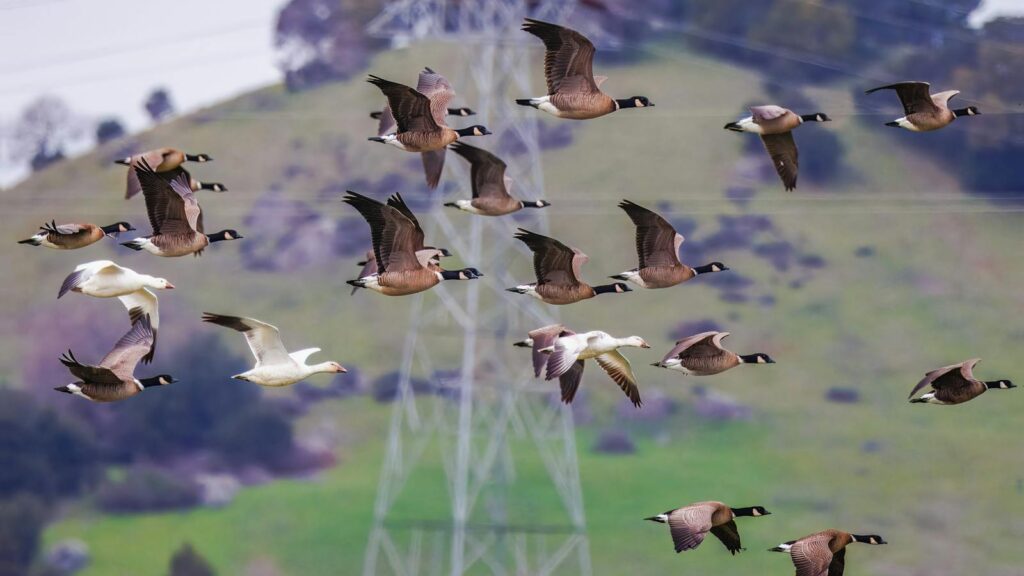
While not matching the extreme altitude records of the bar-headed goose, the Canada goose (Branta canadensis) regularly achieves impressive elevations during its continental migrations across North America. Typically flying between 2,000 and 5,000 feet during normal migration, Canada geese have been recorded at altitudes of up to 9,000 feet, putting them on par with small aircraft. These adaptable birds select their cruising altitude based on weather conditions, tailwinds, and navigational requirements. Interestingly, researchers have noted that Canada geese will climb to higher altitudes when crossing mountain ranges or large bodies of water, presumably to maintain visual landmarks and take advantage of more favorable wind patterns. During their impressive migrations spanning up to 3,000 miles, these geese will strategically adjust their flying height to conserve energy and maintain optimal navigation efficiency, demonstrating remarkable sensitivity to atmospheric conditions.
Record-Breaking Collisions: Geese and Aircraft
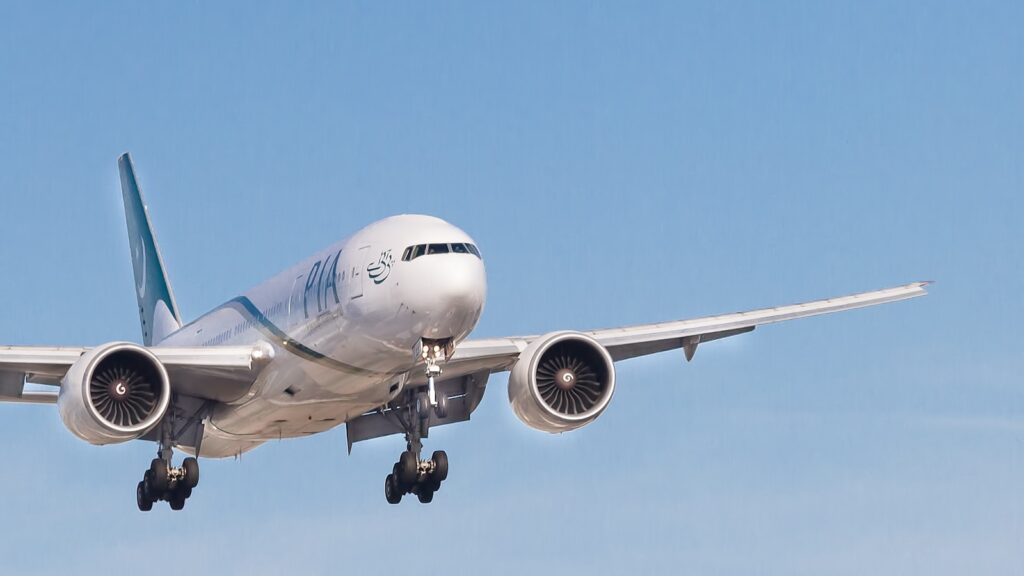
The high-altitude capabilities of geese have brought them into conflict with human aviation in dramatic and sometimes dangerous ways. The highest recorded bird-aircraft collision involved a Rüppell’s griffon vulture struck by a commercial aircraft at 37,000 feet over Côte d’Ivoire, but geese feature prominently in high-altitude aviation incidents. In 2009, US Airways Flight 1549 famously collided with a flock of Canada geese at approximately 2,800 feet over New York City, forcing Captain Chesley “Sully” Sullenberger to perform an emergency landing on the Hudson River. Commercial pilots routinely report goose sightings at altitudes between 5,000 and 8,000 feet, with occasional reports of encounters above 10,000 feet. Aviation authorities around the world now incorporate goose migration patterns and altitude data into flight safety protocols, especially during peak migration seasons when the risk of bird strikes increases significantly.
Himalayan Crossings: The Ultimate Test of Avian Endurance

The journey of bar-headed geese across the Himalayas represents perhaps the most extreme test of high-altitude avian physiology on Earth. Rather than taking easier routes around the mountains, these birds fly directly over the world’s highest peaks, including Mount Everest and other giants of the range. This remarkable feat occurs twice annually during spring and fall migrations between breeding grounds in Mongolia and Tibet and wintering grounds in India. A tracking study published in Science revealed that these crossings typically occur at night when air is calmer and colder, creating more stable flying conditions despite the extreme temperatures. Most astonishingly, the geese complete their Himalayan crossing in a single, continuous flight lasting approximately eight hours, during which they maintain wing-beat frequency and metabolic output that would exhaust most other bird species within minutes at such elevations.
Radar and Satellite Tracking: Documenting Altitude Records
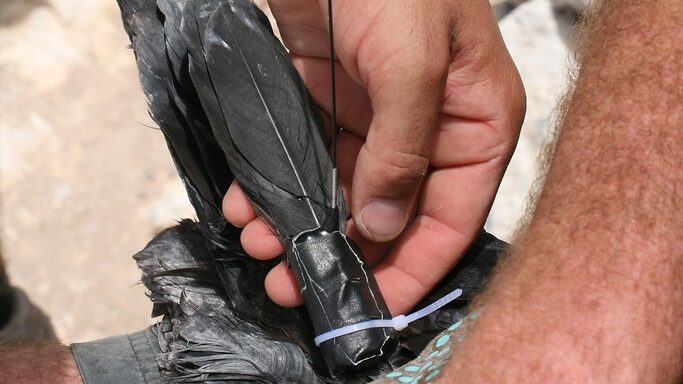
Modern technology has revolutionized our understanding of goose flight altitude and migration patterns through increasingly sophisticated tracking methods. Weather radar systems originally designed to track storm systems now provide ornithologists with real-time data on bird migrations, capable of detecting large flocks of geese at altitudes up to 10,000 feet. More precise data comes from lightweight GPS transmitters weighing just 30-70 grams that can be safely attached to individual birds, transmitting exact altitude, speed, and position data to satellites several times per hour. The Cornell Lab of Ornithology and similar research institutions maintain extensive databases tracking thousands of individual birds, creating unprecedented visibility into migration patterns and altitude selection. These technologies have confirmed many anecdotal altitude records while revealing that geese frequently fly higher during night migrations than was previously documented, suggesting that darkness may provide additional benefits for extreme high-altitude flight.
Weather Impacts on Flight Altitude
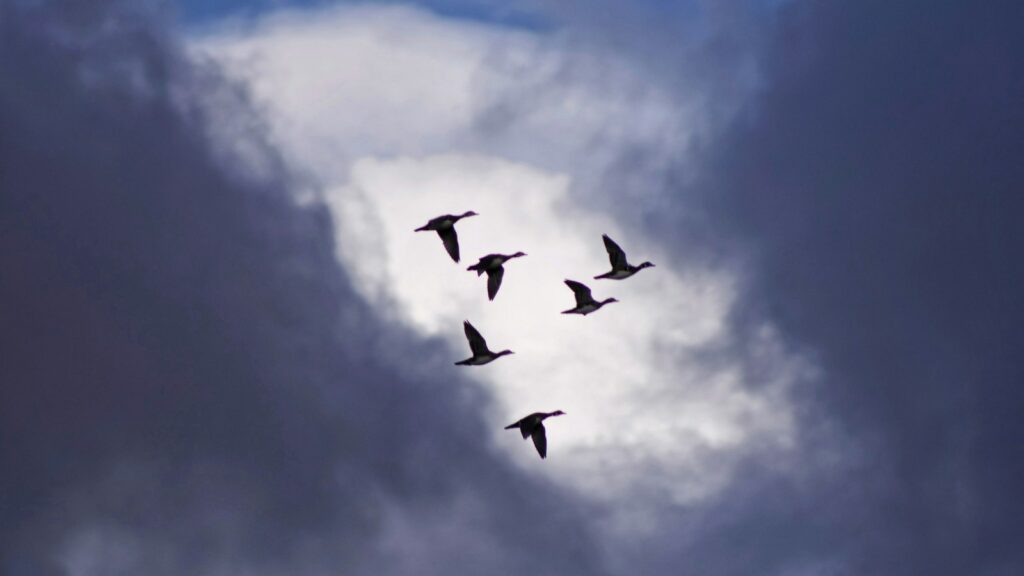
Geese display remarkable adaptability in their flight altitude in response to changing weather conditions, a capability that enhances both their safety and energy efficiency during migration. Strong headwinds typically prompt geese to fly lower, where air resistance is greater but wind speeds are reduced by ground friction and topographical features. Conversely, favorable tailwinds often inspire climbs to higher altitudes where birds can take maximum advantage of these natural “conveyor belts” that reduce energy expenditure. Approaching storm fronts cause particularly dramatic altitude adjustments, with radar studies showing entire flocks ascending or descending thousands of feet within minutes to avoid turbulence or precipitation. Temperature inversions, where upper air is warmer than surface air, may prompt geese to fly at unusually high altitudes to benefit from more comfortable temperatures, particularly during winter migrations when conservation of body heat becomes critical to survival.
Respiratory Adaptations for Extreme Altitudes
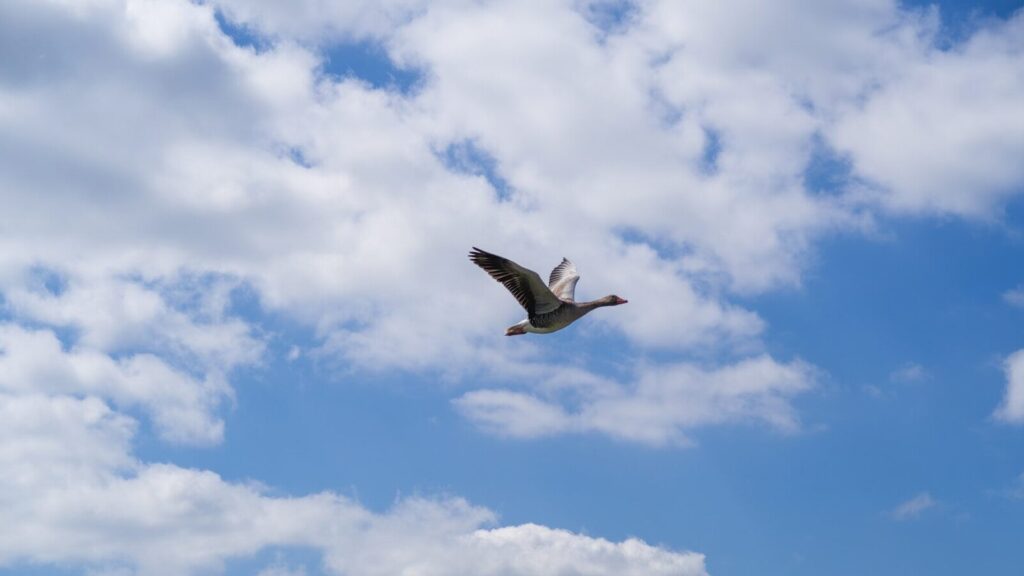
The respiratory system of high-flying geese represents one of evolution’s most elegant solutions to the challenge of oxygen deprivation at extreme altitudes. Unlike mammals that breathe in and out through the same airways, birds possess a unique “flow-through” respiratory system with air sacs that allow one-way movement of air through their lungs, maximizing oxygen extraction efficiency. Bar-headed geese have evolved particularly large lungs relative to their body size, with specialized air capillaries that are approximately 20% more efficient at gas exchange than those of lowland bird species. These birds also hyperventilate at high altitudes without the negative consequences that would affect mammals, maintaining blood pH through specialized buffering mechanisms. Perhaps most remarkably, high-altitude geese species can rapidly adjust their respiratory rates from the normal 13-17 breaths per minute to over 250 breaths per minute during peak exertion at extreme elevations, a level of respiratory plasticity unmatched in other vertebrates.
Energy Expenditure at Record Altitudes
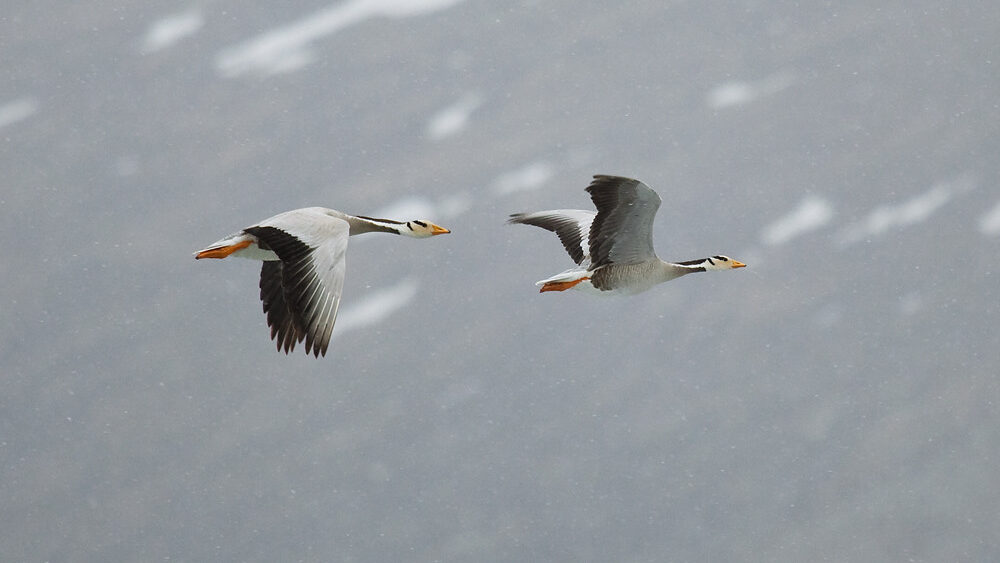
Flying at extreme altitudes demands extraordinary energy output from geese, requiring specialized metabolic adaptations to sustain performance. Bar-headed geese flying above 20,000 feet experience a 10-15% increase in heart rate compared to sea-level flight, with cardiac output increasing to pump more blood through their systems to compensate for lower oxygen availability. Research using wind tunnels calibrated to simulate high-altitude conditions indicates that geese increase their wing-beat frequency by approximately 25% when flying in thin air, dramatically increasing caloric expenditure. To fuel this increased energy demand, high-altitude goose species undergo significant physiological changes before migration, including enlargement of flight muscles and accumulation of fat stores that can comprise up to 25% of their total body weight. Most impressively, bar-headed geese have evolved mitochondria that continue functioning efficiently at oxygen levels that would cause cellular damage in most vertebrates, allowing sustained muscular performance under conditions that would rapidly exhaust other birds.
Snow Geese: Surprising High-Altitude Performers
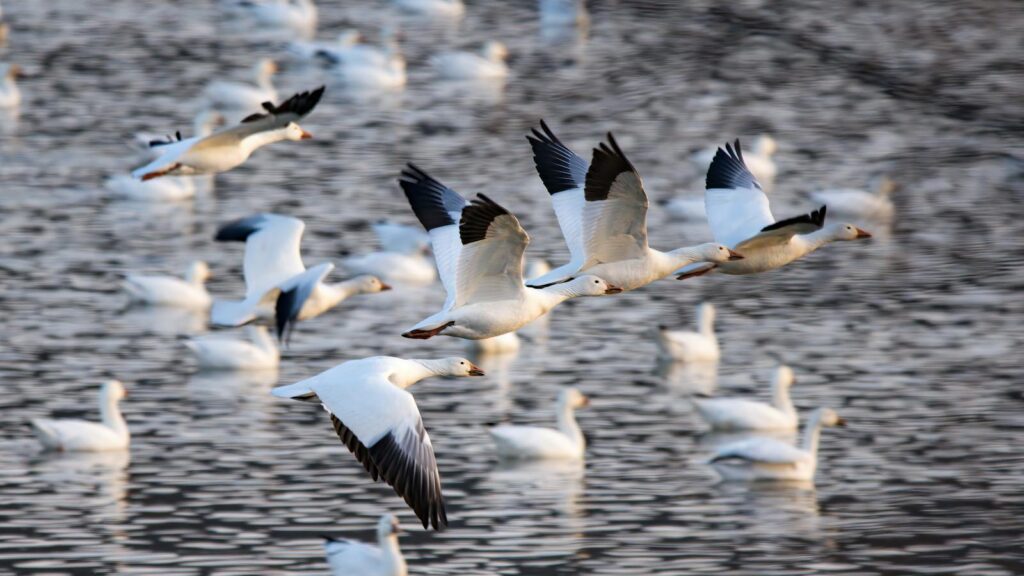
While not as celebrated for their altitude capabilities as bar-headed geese, snow geese (Chen caerulescens) have demonstrated remarkable high-altitude flying abilities during their migrations between Arctic breeding grounds and southern wintering areas. Radar tracking has documented snow geese flying at sustained altitudes of 8,000 feet, with occasional climbs to over 12,000 feet when crossing mountain ranges. These elegant white birds typically migrate in massive flocks sometimes exceeding 20,000 individuals, creating spectacular radar signatures that have helped researchers document their altitude patterns. Interestingly, juvenile snow geese tend to fly at lower altitudes than adults during their first migration, gradually developing the physiological capabilities and navigational confidence to fly higher in subsequent years. Snow geese also demonstrate the remarkable ability to rapidly climb or descend thousands of feet when encountering changing weather conditions, showcasing the altitude flexibility common to many goose species.
Night Flying: The Secret to Altitude Records
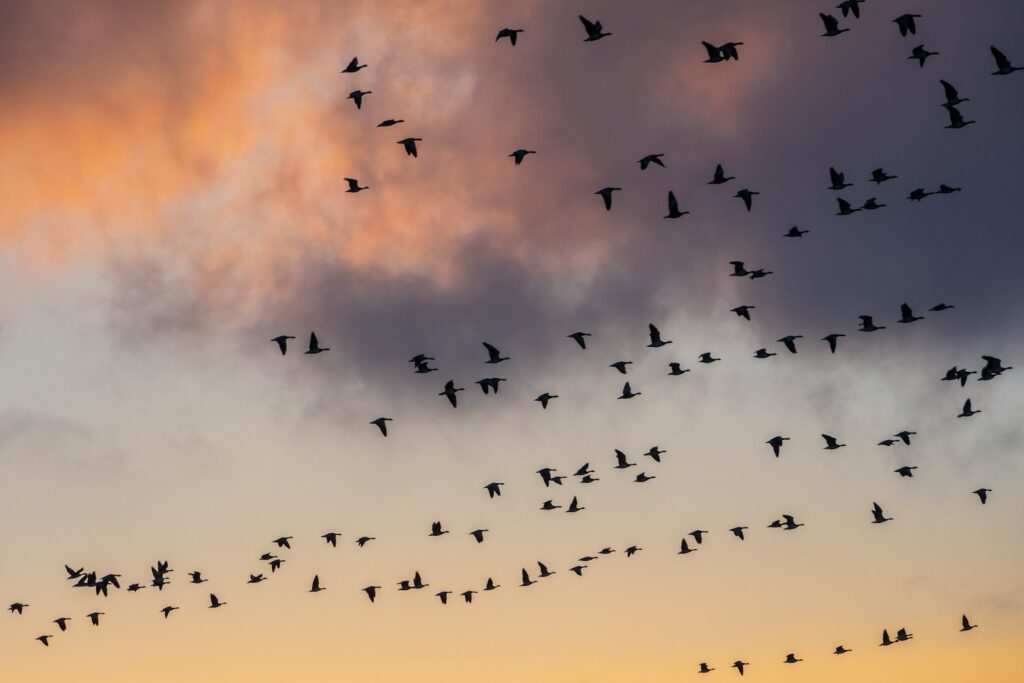
Many of the most impressive altitude records for geese occur during nighttime flights, revealing a strategic pattern that enhances their high-flying capabilities. Nocturnal migration offers several advantages for geese attempting to reach extreme altitudes, including cooler, denser air that provides better lift and reduced thermal turbulence that might otherwise create dangerous flying conditions. Research tracking bar-headed geese across the Himalayas revealed that the birds often begin their ascent at dusk, reaching peak altitudes between midnight and 4:00 AM before descending with the morning sun. The absence of rising thermals at night forces geese to rely entirely on powered flight rather than soaring, which counter-intuitively appears to help them maintain more consistent altitude in thin air. Additionally, flying at night reduces the threat from predators such as eagles that might otherwise target exhausted birds, allowing geese to focus their full physiological resources on the challenges of high-altitude flight.
The Role of Formation Flying in Altitude Achievement
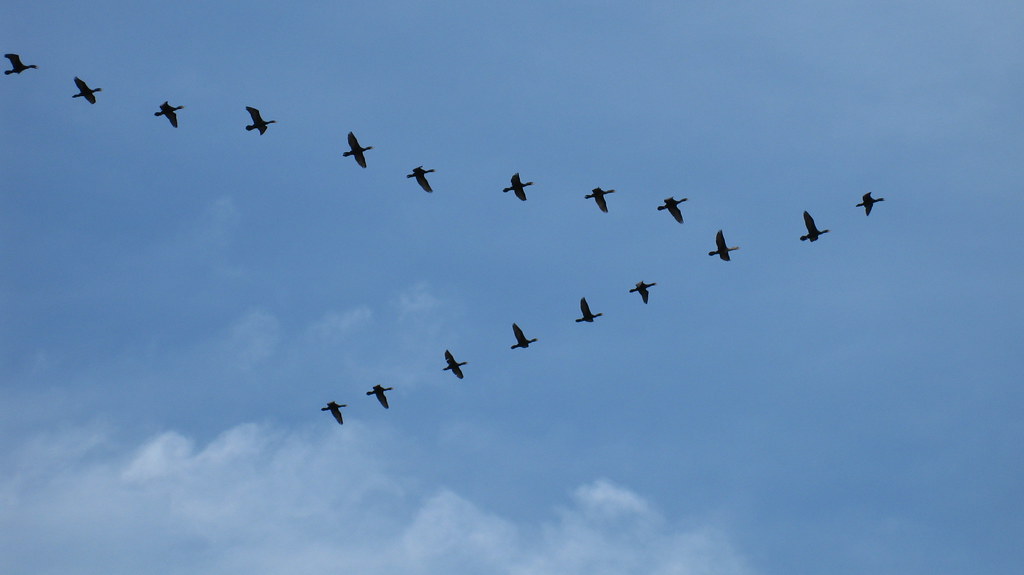
The iconic V-formation employed by migrating geese plays a crucial role in their ability to maintain flight at extreme altitudes. Aerodynamic studies have confirmed that this formation reduces energy expenditure by up to 30% for all birds except the leader, as each goose flies in the updraft created by the wingtip vortices of the bird ahead. At high altitudes where oxygen is scarce and energy conservation becomes critical, this formation efficiency becomes even more important, allowing geese to maintain altitude that would be impossible for individual birds. Research using heart-rate monitors attached to flying geese has shown that when birds drop out of optimal position in the formation, their heart rates increase by 10-15% to maintain the same speed and altitude. The position rotation frequently observed in flying flocks ensures that no single bird bears the full aerodynamic cost of leading for extended periods, creating a cooperative system that enhances the entire group’s altitude capability through shared effort.
Future Research and Emerging Questions
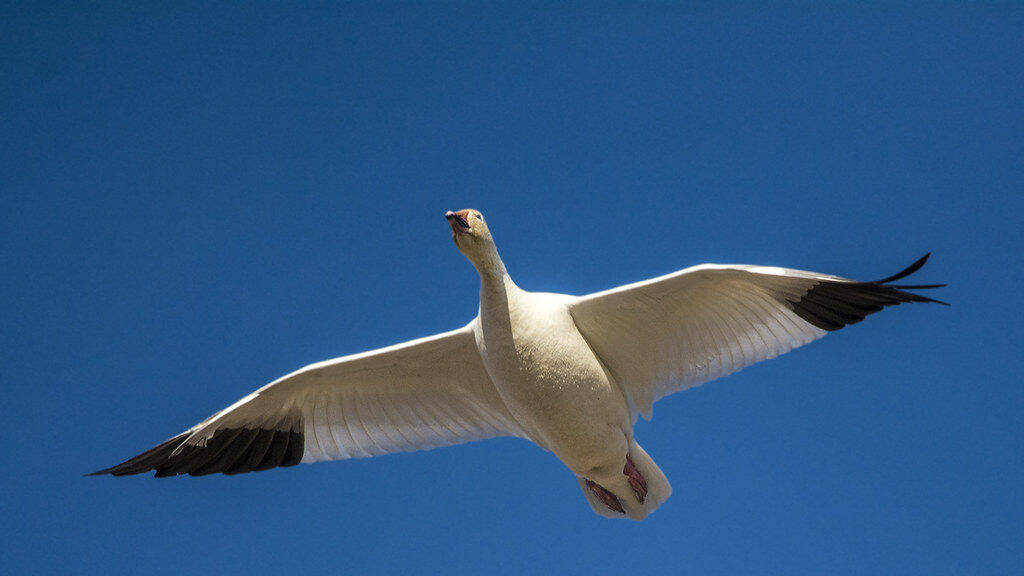
As technology advances, scientists continue to uncover new aspects of high-altitude goose flight that raise intriguing questions for future research. Miniaturized sensors now being developed will soon allow researchers to monitor blood oxygen levels, body temperature, and even brain activity in geese during high-altitude migration, potentially revealing how these birds avoid the cerebral edema that afflicts human mountaineers at similar elevations. Climate change creates urgent research priorities as alterations in wind patterns and atmospheric conditions may affect traditional migration routes and altitude selections. Some scientists have proposed studying bar-headed geese as models for developing improved treatments for human altitude sickness and respiratory distress syndromes, as these birds naturally solve physiological challenges that continue to limit human performance at extreme heights. Perhaps most intriguingly, evolutionary biologists are investigating whether the altitude capabilities of various goose species might be increasing in response to selection pressures from aircraft traffic and changing migration barriers, raising the possibility that future generations of geese might achieve even more impressive altitude records.
Conclusion
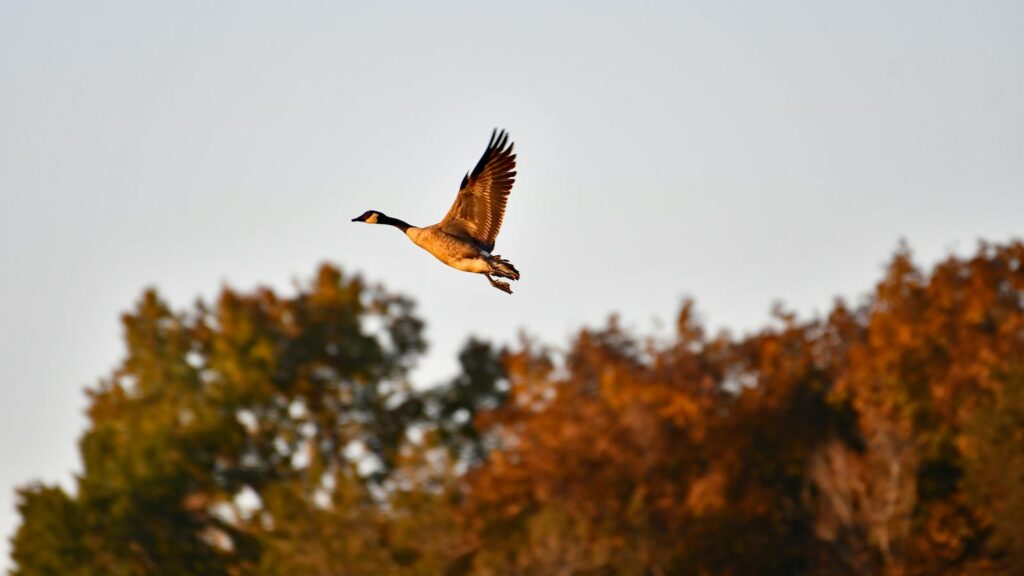
The remarkable altitude achievements of geese represent one of nature’s most impressive demonstrations of physiological adaptation and evolutionary specialization. From the bar-headed goose’s Himalayan crossings at heights that would kill an unacclimatized human within minutes to the strategic altitude adjustments of Canada geese navigating across continents, these birds have mastered the challenges of high-altitude flight in ways that continue to inspire scientific inquiry. Their specialized respiratory systems, efficient formation flying, and remarkable metabolic adaptations showcase nature’s solutions to extreme environmental challenges. As technology advances and research continues, our understanding of these high-flying aviators will undoubtedly deepen, potentially benefiting human medicine, aviation safety, and conservation efforts. The next time you glimpse a V-formation passing overhead, remember that you may be witnessing one chapter in an ancient epic of aerial endurance that continues to set records at the edge of Earth’s atmosphere.
